A portal opens up on Grand Parade with three new standing stones
The triptych of standing stones in the Peace Park in Cork city centre represents a radical and straightforward way of making art for the city by the community.
There are not many workshops in Cork like the one in the compact front garden of the terrace house on Victoria Road. For six months, chunks of recycled Cork limestone and gigantic slabs of slate weighing up to 1.5 tonnes, dug out from the most westerly quarry in Europe, lay on their sides. Here, they are chiseled, shaped, sat on, smoked over, argued over, slapped, patted, talked to, rained on, sanded, and ultimately forged by a community of artists and craftsmen and craftswomen who are not your typical artists.
But in many ways they are the living embodiment of what art is, or could be, when you extract all the bullshitters, curators, gallerists, stakeholders and middlemen and hand the process over to the community.
For it’s here on Victoria Road where a team of a half dozen men and women, many of whom are turning their lives around, sculpted what will be on of the city’s most recognisable public art pieces: the “Portal Stones”, a set of three standing stones in the Peace Park on Grand Parade.
When Tripe visited the front garden, it was a bright and blustery day. The row of houses sits in front of the ghost of R&H Hall. What goes up, must come down, and no doubt sometime down the road, the standing stones which will be unveiled on the summer solstice will disappear into history. But, luck and auspiciousness are on the three stones side: nobody wants to be the one to knock a standing stone and open a can of fairies!
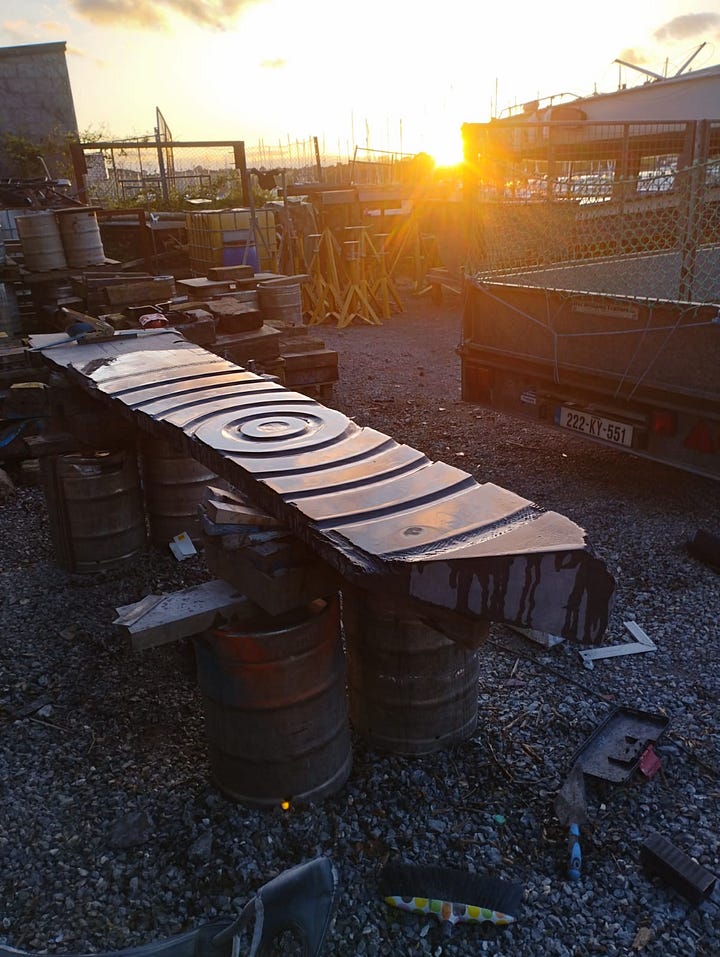
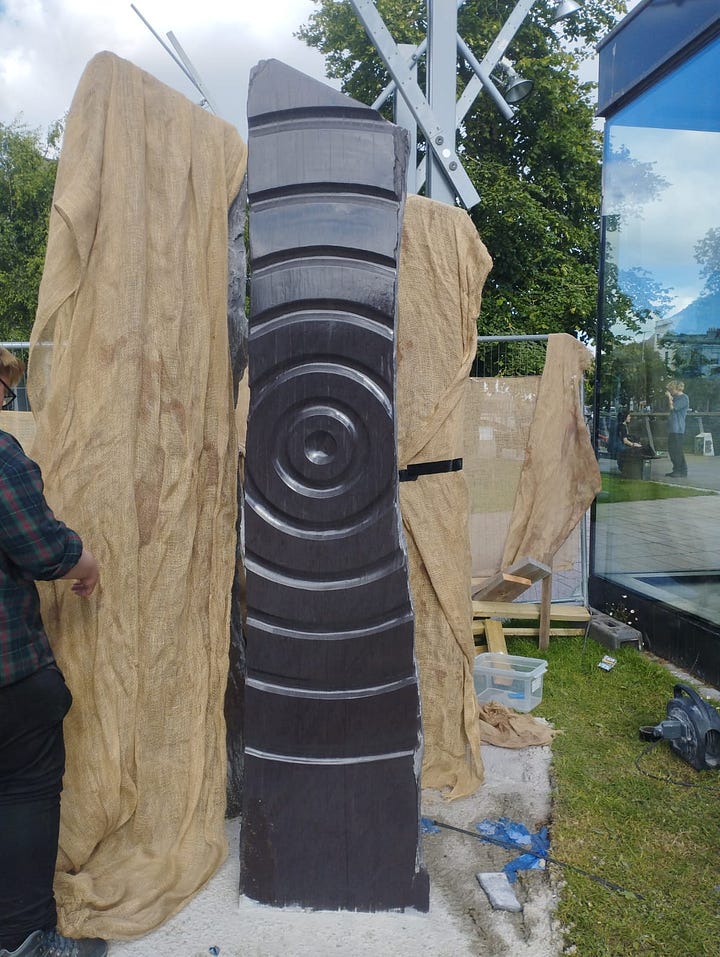
In the workshop
“It’s slate,” Tommy said, pausing, running his hand over the massive slab. A stone carver, Tommy is fit and sturdy and intense. He’s running on fumes, worn out from the rush to get the biggest stone ready before it’s scheduled to be hoisted on a crane and ferried to Grand Parade where all three stones were installed in early June.
When the British House of Parliament was refurbished some years ago, builders came across the Irish Sea to Valentia to source slate from the quarry which opened in the early 1800s. Valentia slate also adorns Westminster Abbey, St Paul’s Cathedral, Waterloo Train Station and the Paris Opera House.
This is Tommy’s second time to the dance with funds from the placemaking fund from Cork City Council. We wrote about the chess tables he built on Pope’s Quay in 2023 from Cork limestone and which dot the quay outside Myo Café. This time round Tommy is back (with a €10k budget again) and with some of the same crew from the Cork Simon’s Education and Training program, but he’s moved further south to the Peace Park near monuments to Irish soldiers killed in the Great War, a stone to commemorate the atomic bombing of Nagasaki and Hiroshima and within whispering distance of the River Lee in the south channel.
The stones which have been sanded down and polished; they complement the black facade of Frankie’s Pizza slice shop which they stand guard next to.
“Notions,” Karen Songhurst says, using a word beloved by the people of Cork to explain how on November 28, 2023 nearly three tonnes of stone ended up in the small front garden surrounded by an army of carvers. Séamus Murphy would surely be proud.
While the crew of carvers were working on the big stone and carving the Ogham for the word “síocháin” (peace) into it, other carvers were working on a myriad of personal, public and sometime poignant projects.
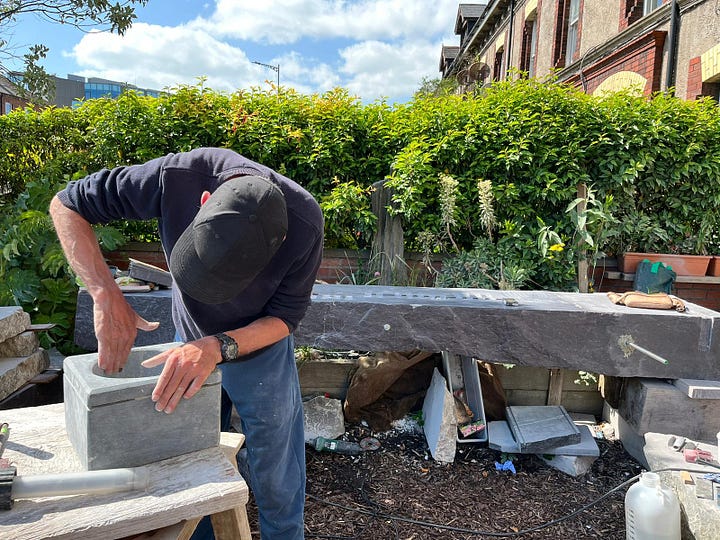
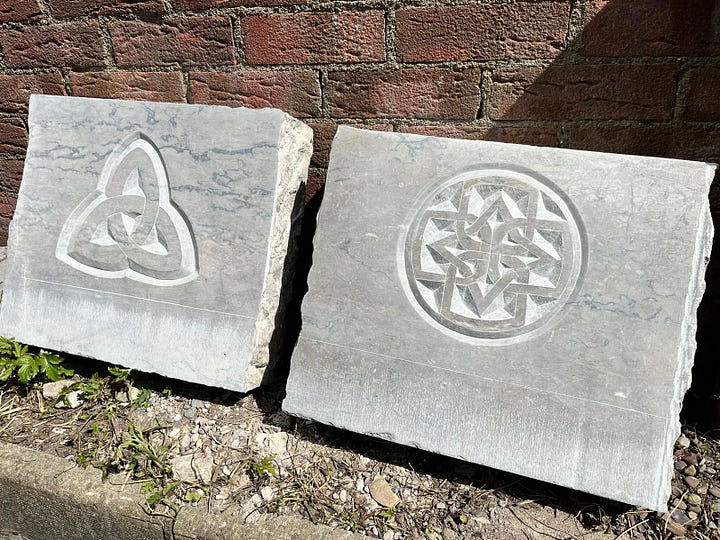
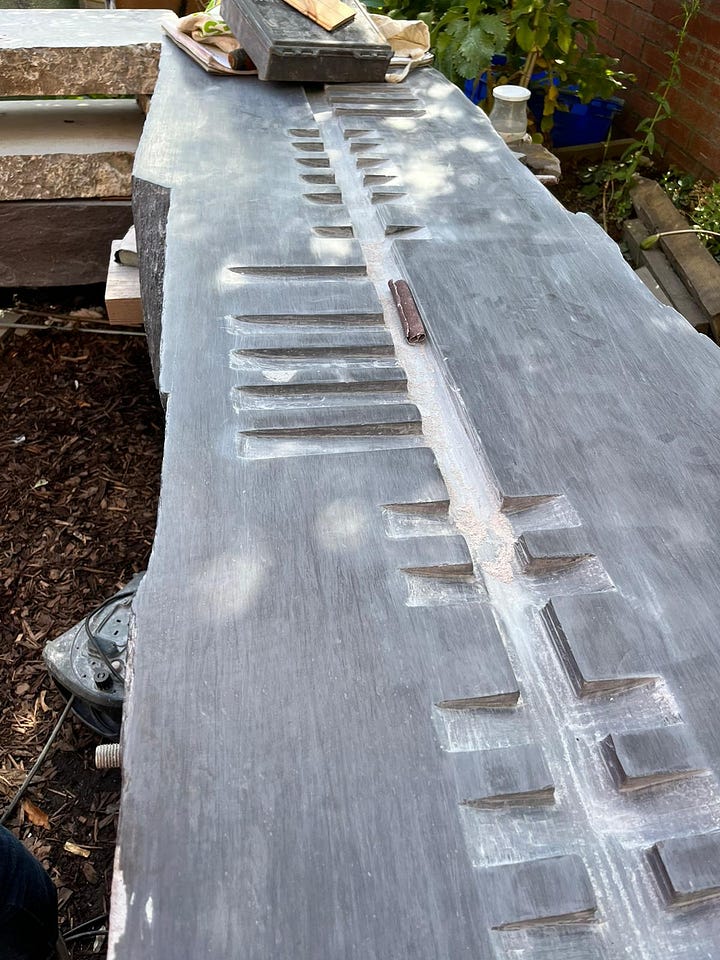
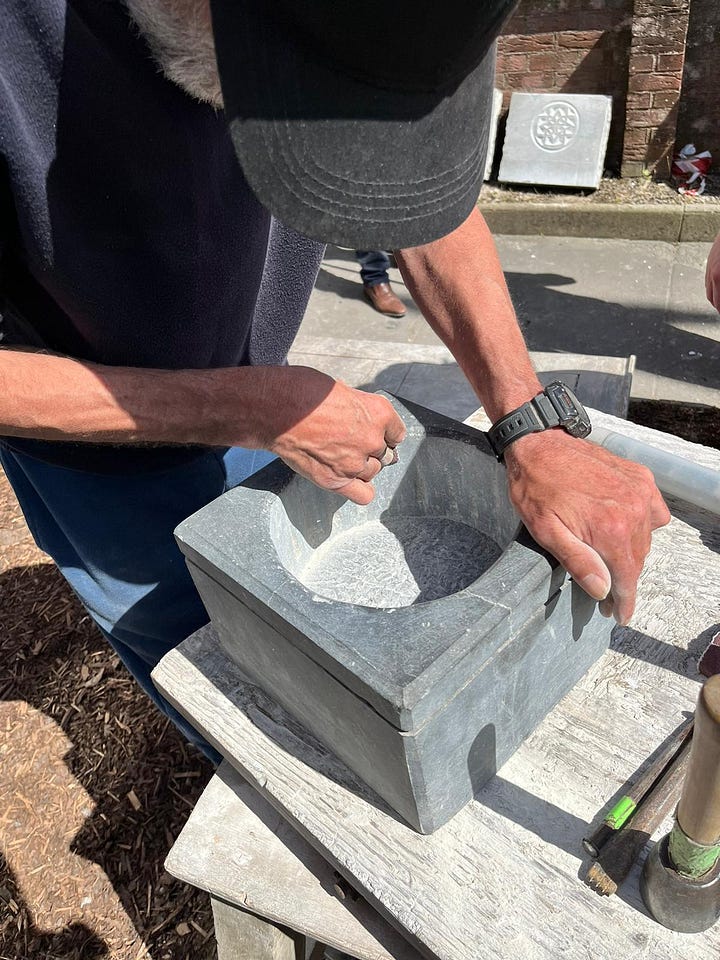




Scenius 1
‘They’re all creating their own art,” says Karen, and Tommy who I thought was out of ear shot pops up and interrupts.
“Sorry did you say the word art?” he asks, pausing and starts up again. “So it’s my mission that all of our learners here, that they understand that they are artists and we are an artists collective.'‘
Tommy is in full flight now.
'“Brian Eno invented the word called scenius where we are led to believe in education and in schools, whether it’s art school, that it’s one person that reaches something, whether it’s Picasso or Matisse, when in fact they were part of a scene.” (The official unveiling of the stones on June 21 is called Scenius 1).
Karen nods.
“We’re instilling that in our lads here,'‘ Tommy continues, ‘that we’re all here to support each other. The lad over there in the corner landed on a piece of marble about six months ago,” Tommy says pointing at John.
“A huge piece,” Karen says.
Tommy nods and continues, “it’s getting smaller and smaller and sometimes it takes shape and then he flattens it all again. It’s very important that we all understand that it’s a process he’s going through and that there is no judgment and we encourage him. So if we are left with nothing but a handful of gravel, that’s his art.”
And where might that end up? Well, perhaps in the Garden of Hope, a few doors up on Victoria Road.
In tandem to the standing stone project, the participants on the training programme have all been pitching in and redesigning the front garden a few houses up from the workshop. It’s a magical, beautiful garden with sweet peas, Brussels sprouts, wind chimes, a fountain, an insect garden from Cork Life Centre and a set of gnomes made by one of the staff. Their names: Micheal, D and Higgins.
The garden is a respite area for the residents, and they regulraly come up for tea breaks to drink in the flowers.
“We come over here for community. For the cups of tea, for the chats, it’s brilliant. We all sit down and have our soup and sandwiches. It’s family,” Karen says praising Izzy who works behind the scenes to make sure everyone gets fed everyday.
In the next few weeks a smaller standing stone will be installed in the garden, also inscribed withe the work' “Síocháin” in Ogham and it will face it’s bigger sibling on Grand Parade.
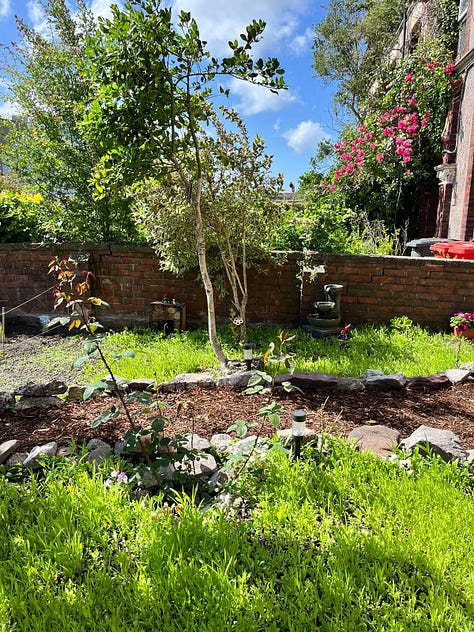
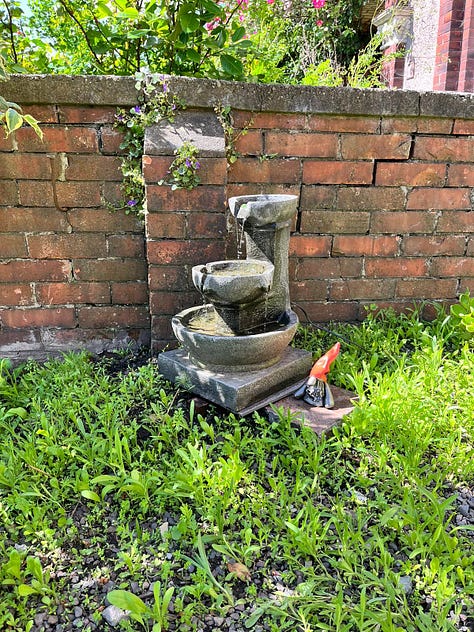
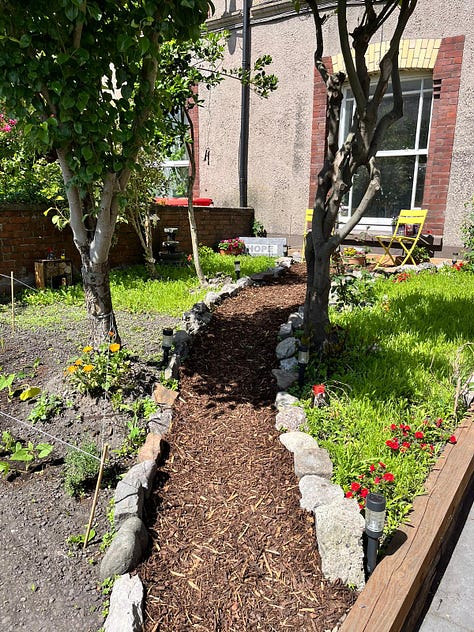
Connected
While the crew on Victoria Road have been chiselling, chipping and polishing the standing stones, another crew at Headway, where Tommy also works, have also been working on a second stone. The charity supports people who are affected by brain injury, including stroke.
At the Headway workshop on Carrigrohane Road they’ve been chiselling a zigzag pattern into the sibling stone reminiscent of the great stones at the Knowth burial mound in Co. Meath. The stone, in Cork, faces the river, the zigzag pattern echoing the gentle rolling tidal waves of the river nearby.
The final stone, which was parked up in Tommy’s workshop in Crosshaven completes the triptych.
This stone is all encompassing. It represents the self, Tommy says but also family, community, humanity.
“We’re all connected, wherever people come from, we are interdependent. Our ancestors knew this.”
The workshop on Victoria Road is the embodiment of this idea of connectedness and interdependency. Listening back to the interview on my phone what stood out, besides the constant background sounds of sanding and chipping and chiselling and hammering, was how convivial and how welcoming the workshop is. Most of the learners had about as much idea of stone carving as I do, which is none before they embarked on the programme, but Tommy and Karen have created this supportive environment of doing and learning.
I ask Karen what it would mean to have a workshop indoors where they could work in comfort all year round.
“What happens now when it’s raining is the lads will try to continue working through the rain because they are so into the work, so we have to come in and then they’re working at the kitchen table.”
A workshop would be a game changer, but the lack of a dedicated one is not going to hold them back.
For some of the participants the workshop and the work they’re doing on Victoria Road is a bridge to reintegration, they’re managing how to take and follow orders, work in a team, overcome obstacles and annoyances but also just how to be in a group, creating art, interactions and memories.
In the workshop on Victoria Road two flat stones of Cork limestone resting up against a border wall adorned with Celtic carvings stand out. I presumed they were created by a colleague of Tommy’s such is the level of detail, but in fact they are created by Kevin, one of the learners. Later this year when the stones are settled in at the Peace Park, a bench will be added and Kevin’s two stones will form the base of the bench. There’ll also be a game built into the bench, but you’ll have to come back and read about that in Scenius 2!
“Two pieces in two years,” Tommy says, adding that he never imagined that he’d be part of something like this.
Likewise for the lads, Karen says, “but we’re giving back to the city because the city has given so much to us.”
Over my shoulder Margeurite, on cue, while busy sanding on the Ogham stone interjects: “slavery for free”, joking that they’ll be forced to lift the stones down to Grand Parade.
Some craic in that yard.
At the Peace Park
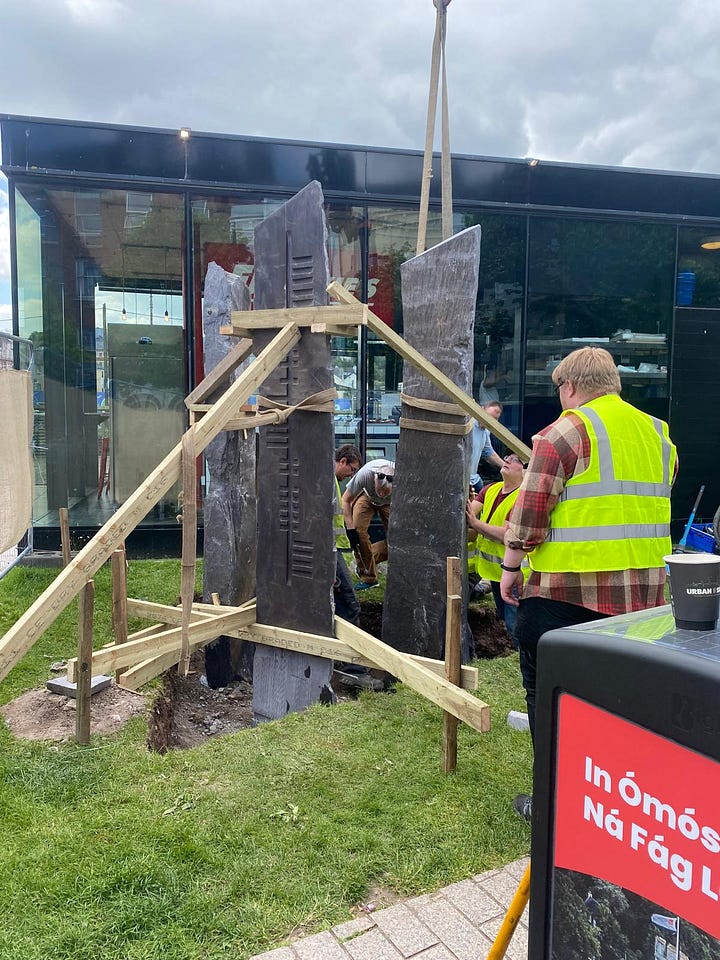
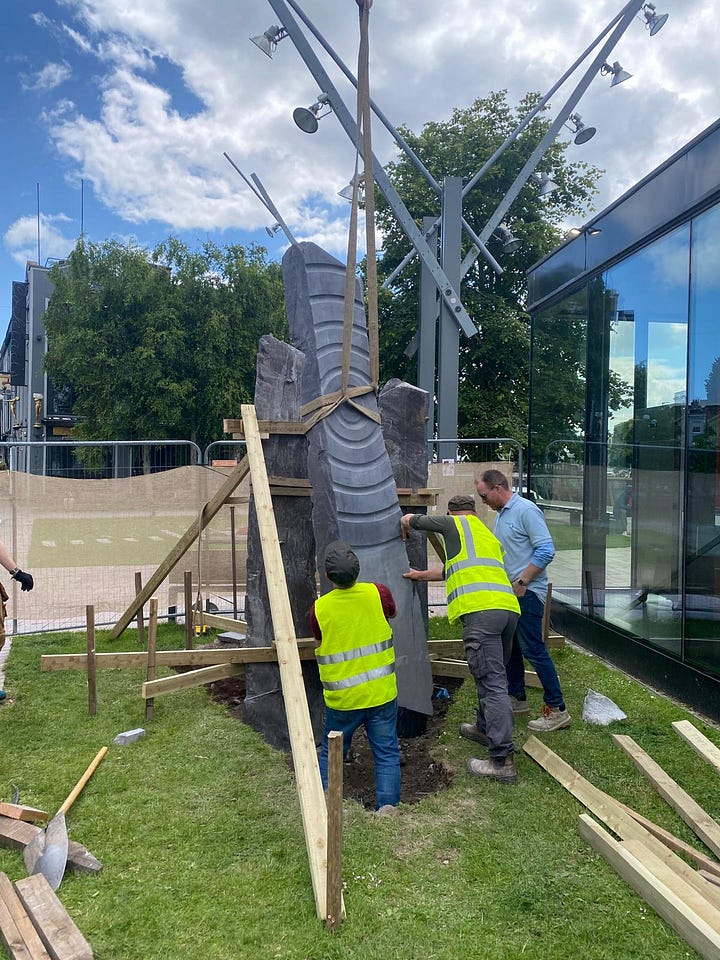
On Grand Parade, on June 6, it’s all business as the three stones are hoisted into place. Tommy wasn’t half bricking himself imagining all the ways the project could fail (and the stones fall). They haven’t, nor are they likely to anytime soon given the small swimming pool of concrete poured into the base. These stones are here to stay.
Tommy tells me he came across the site while on a scouting tour with John Hayes from the City Council. John, and indeed, staff right across the City Council have been instrumental in getting the portal stones up.
While they’ve been gated off since June 6, the gates will come down today and you’ll be able to get right up close enough to see your reflection in the stones.
“What’s very important for these stones is that they are accessible 24/7, they’re not behind a gate, because when stones were put into the land thousands of years ago there was no gate, they were built by people with a common interest for some reason to make something together and then they were left.”
Tommy does not see the portal stones as sacred and untouchable; it’s likely as he says that some “fucker” thousands of years ago inscribed Ogham on a standing stone that lay in a field for centuries before someone felt inspired to have a go.
Before I leave, Tommy tells me a story about a bridge his father helped build near their home in North Cork decades ago. It’s a quotidian bridge, but like all bridges it has an important function to get people from one side of a river to another and carry on their journey.
The memory of his dad taking him to see that bridge to show him something that he had helped build and the pride he felt has stuck with Tommy. That’s something Tommy is replicating with the Portal Stones.
There will be stone carvers in Cork who will tell their family and friends as they pass along the gentle curve as Grand Parade turns into the South Mall, “see those standing stones, I helped build them.”
Together with Davy Dummigan, Dr Sharon Lambert of UCC will unveil Scenius 1, the ‘Portal Stones’ on June 21 at the Peace Park in Grand Parade at 12 p.m. All are invited.
Portal to the Past by Karen Songhurst
From the rock of the most western quarry in Europe,
On Valentia Island three stones were cut.
Inspired by our ancient ancestors,
who chose to put their mark on stones that were even older than them,
A stone carver had a vision.
In the dark days of winter the stones were transported to Cork,
one to Ballincollig one to Crosshaven and one to Victoria Road.
The work began, slow and steady.
Many dedicated hands, designing, sanding, carving and molding.
Our connection to the past became stronger, linking us with stories of our father's and mother's, working the stones together as we do now.
Through wind and rain, through sunshine and laughter, through soup and sandwiches,
through our community spirit our stones found life.
With great care and dedication the artists worked, finding purpose and friendship, finding a community where we can be ourselves on good days and bad, we had the stone to work on.
We draw on the stories of our past to bring us closer to a peaceful future,
Where we honor those who have gone before, and to leave for those who come after,
and for those who are here now to enjoy.
Our Síocháin.
This is our Portal to the Past.
White Bishop to B3, Queen to D3... Pope's Quay Has Chess Tables
When the complete history of Cork is written, there will be a special entry for Thursday April 27, 2023 for it was (or will be, as it’s tomorrow) on that day that Cork finally joined the pantheon of other great cities including New York, Paris, Berlin, Tokyo, Cairo and Istanbul which all have pe…

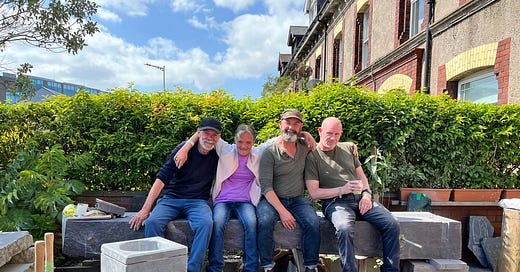



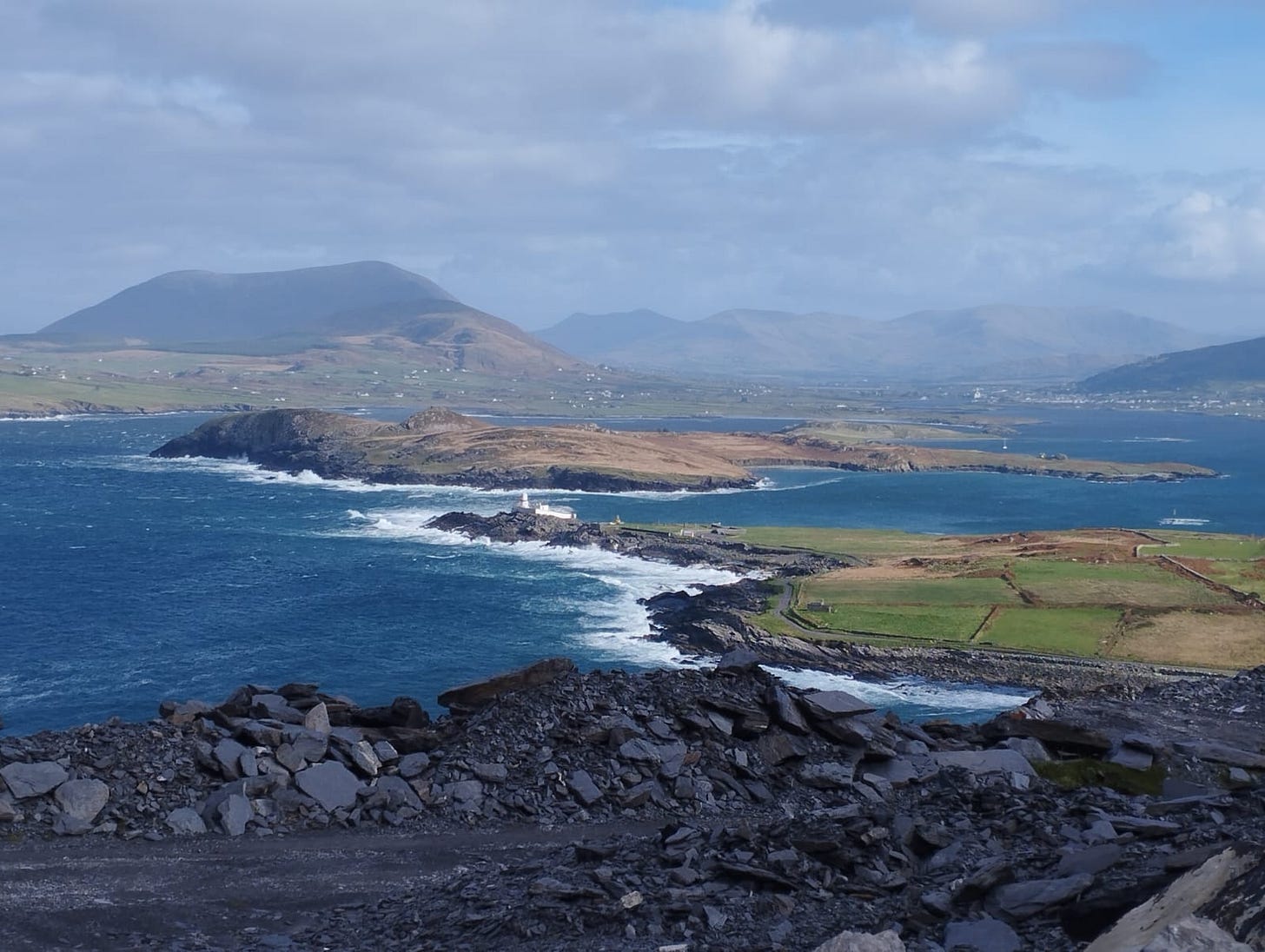
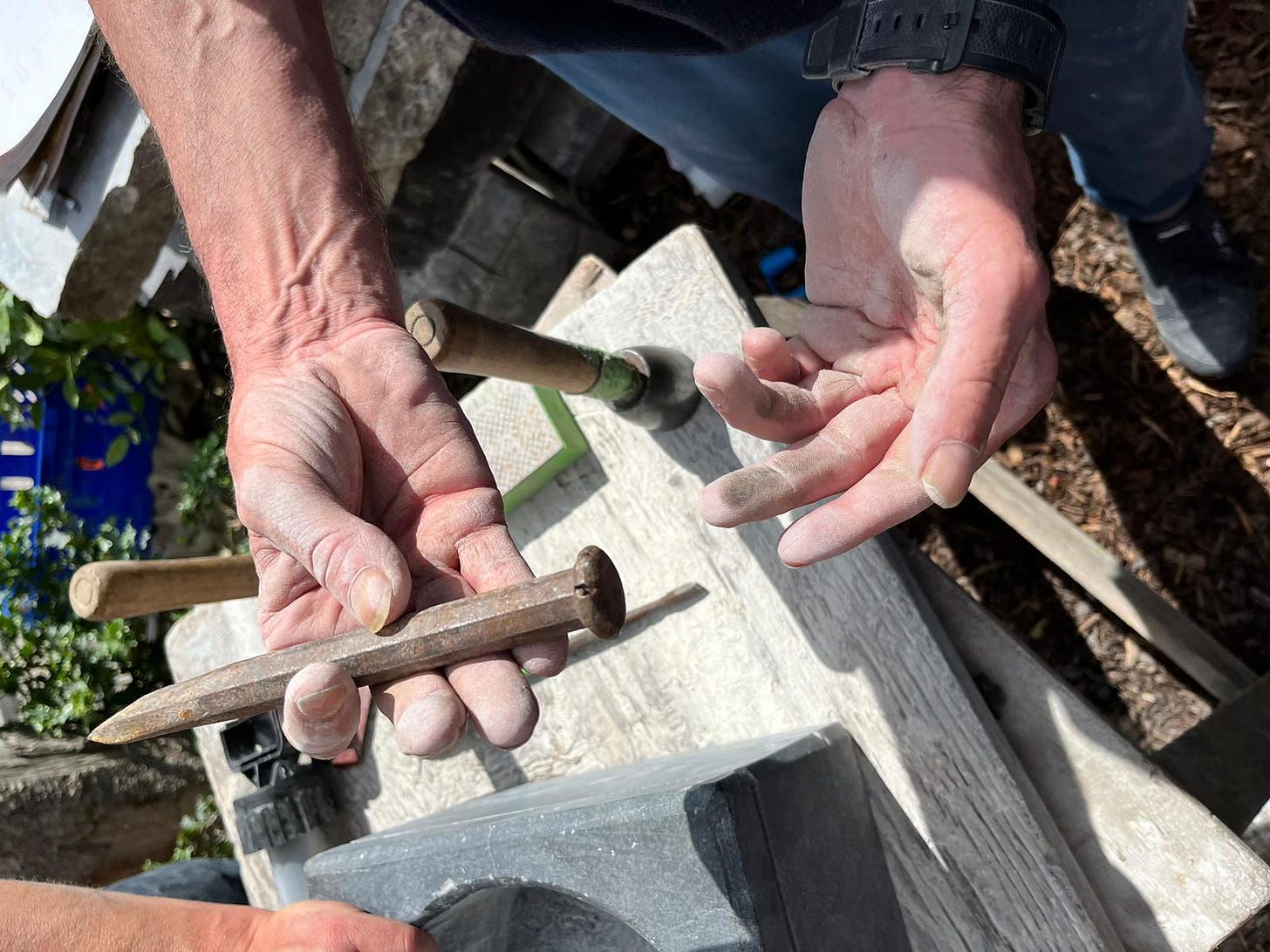
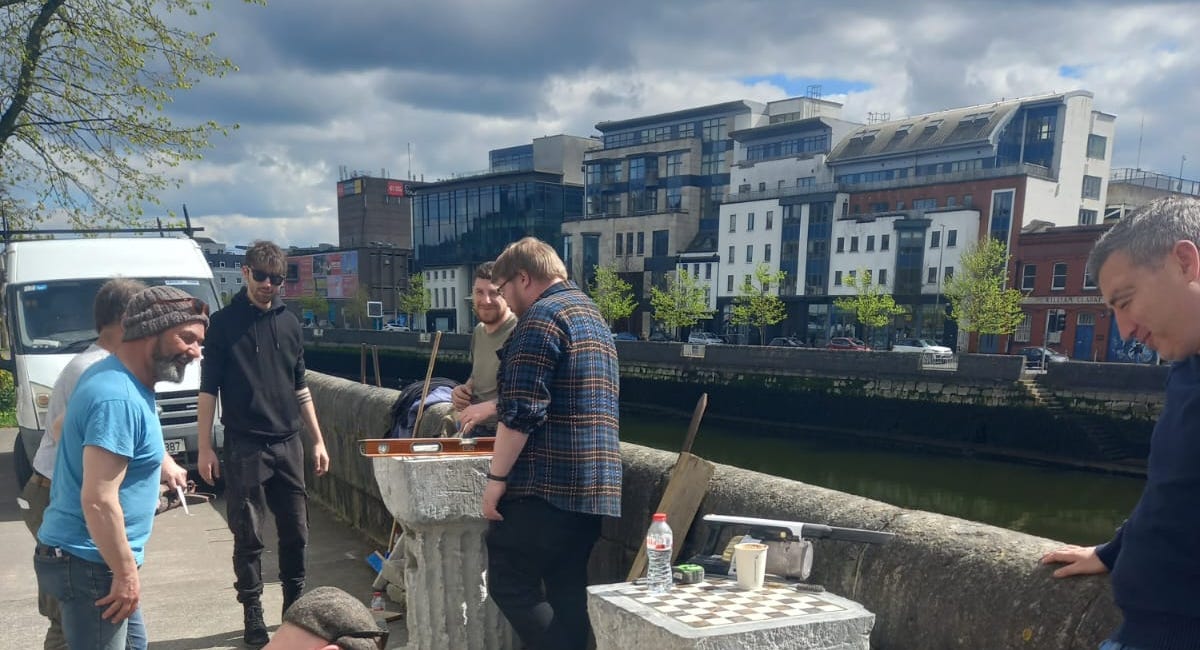
Lovely a read, and tribute to this wonderful venture.